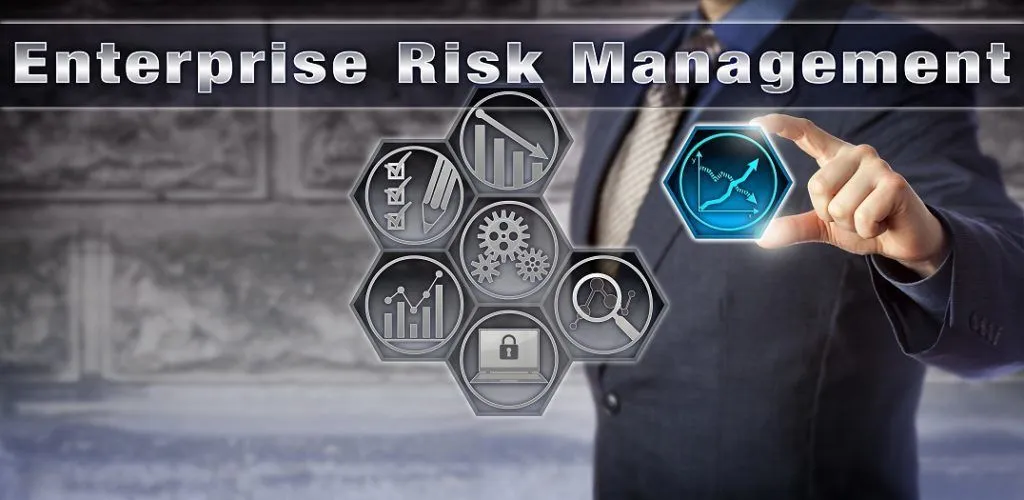Hey there, fellow protectors of organizational integrity! Let’s discuss something pertinent to every organization in the fast-paced market environment: Risk management. We must appreciate that we live in an era filled with many business uncertainties, majorly influenced by external factors. Today’s entrepreneurs discuss how digital technology has enhanced marketing and eased their operations to reach targeted customers.
In equal measure, the aftermath of inflation and other economic matters determines how well an organization can progress. This paints a picture of how uncertain the future is and the vulnerabilities businesses are exposed to, hence the need for a comprehensive risk management plan for your enterprise. This article will discuss the effectiveness of integrating comprehensive risk management and how it offers to mitigate a myriad of threats.
Understanding Comprehensive Risk Management
A risk is the possibility of something terrible happening, and the uncertainty motivates the need to perform a risk assessment. Comprehensive risk management goes beyond the conventional ways of applying security practices and entails identifying, assessing, and mitigating risks in the different sections of an organization. It focuses on a spectrum of risks, including cybersecurity, financial vulnerabilities, regulatory compliance, operational disruptions, and reputational risks. In the list provided, can you relate with one or more of those risks? If so, then you are reading and listening to the right content. As Lauth, a company experienced in investigating and providing comprehensive risk assessments, we authoritatively confirm that comprehensive risk management helps your organization anticipate, prepare for, and respond to potential threats.
The Imperative for Holistic Protection
You know those stats that make you sit up and pay attention? Well, here is one for you: according to the 2021 Global Risks Report by the World Economic Forum, businesses are increasingly exposed to a proliferated risky landscape. This issue has been compounded by the previous COVID-19 pandemic, which increased the vulnerabilities, forcing organizations to apply resilient mitigation strategies.
While organizations could perceive risk management as a waste of time and resources, time has proven that uncertainties leave most businesses on their knees. The cost of solving the problem is higher than when the enterprise could have invested in mitigating risk before it happened. Consider cybersecurity breaches, for instance: The 2021 Data Breach Investigations Report by Verizon indicated that about 85% of the data breaches occurred due to human error. This underscores how organizations are vulnerable, with the employees posing a risk in the operations. As such, organizations should embrace comprehensive risk management for holistic protection.
Benefits of Integrated Risk Management
Now, let’s talk perks. Integrating comprehensive risk management in your organization is not just fancy, but a game-changer. It can foretell your organization’s challenges, which could result in theft, harassment, violence, or other harmful things that impede operations. The benefits accrued are:
- Enhanced resilience. An organization is prepared for any impending threat by identifying and mitigating risks. The enterprise becomes prepared to weather storms more effectively.
- Cost saving. Addressing the risks within an organization mitigates the loss of finances in case of crisis. Investing in risk management enables an organization to seal the loopholes that could result in huge losses.
- Regulatory compliance. Regulatory compliance is mandatory in the business landscape. A proper risk management framework identifies areas where compliance is not adhered to, protecting the company from fines and reputational damage.
- Strategic decision making. The risk assessment output provides the management with the insight that can be drawn to make critical decisions.
The HR Director’s Role in the Adventure
The HR director is the unsung hero in this process of risk management. You fit in the picture because you serve different responsibilities in several ways, including;
- Culture champion. You are the one setting the tone of risk awareness in the organization. This means exposing the importance of risk management and the need to foster transparency. As such, you are creating a group of vigilant guards.
- Talent management. Human resource directors are responsible for managing talents. Ensuring that risk management competencies are included in the hiring and training programs supports risk mitigation.
- Collaborative partnership. The human resource department should actively collaborate with other departments to ensure a coordinated approach to risk management.
Wrapping It Up
In a nutshell, comprehensive risk management is a secret weapon to deal with risks in your organization. By embracing risk assessment as a tool to identify and measure the level of risk and working together with your team, you can future-proof your enterprise for whatever comes your way. Partner with Lauth’s investigators to survey brick–and–mortar worksites and offices for digital security and other vulnerabilities.



